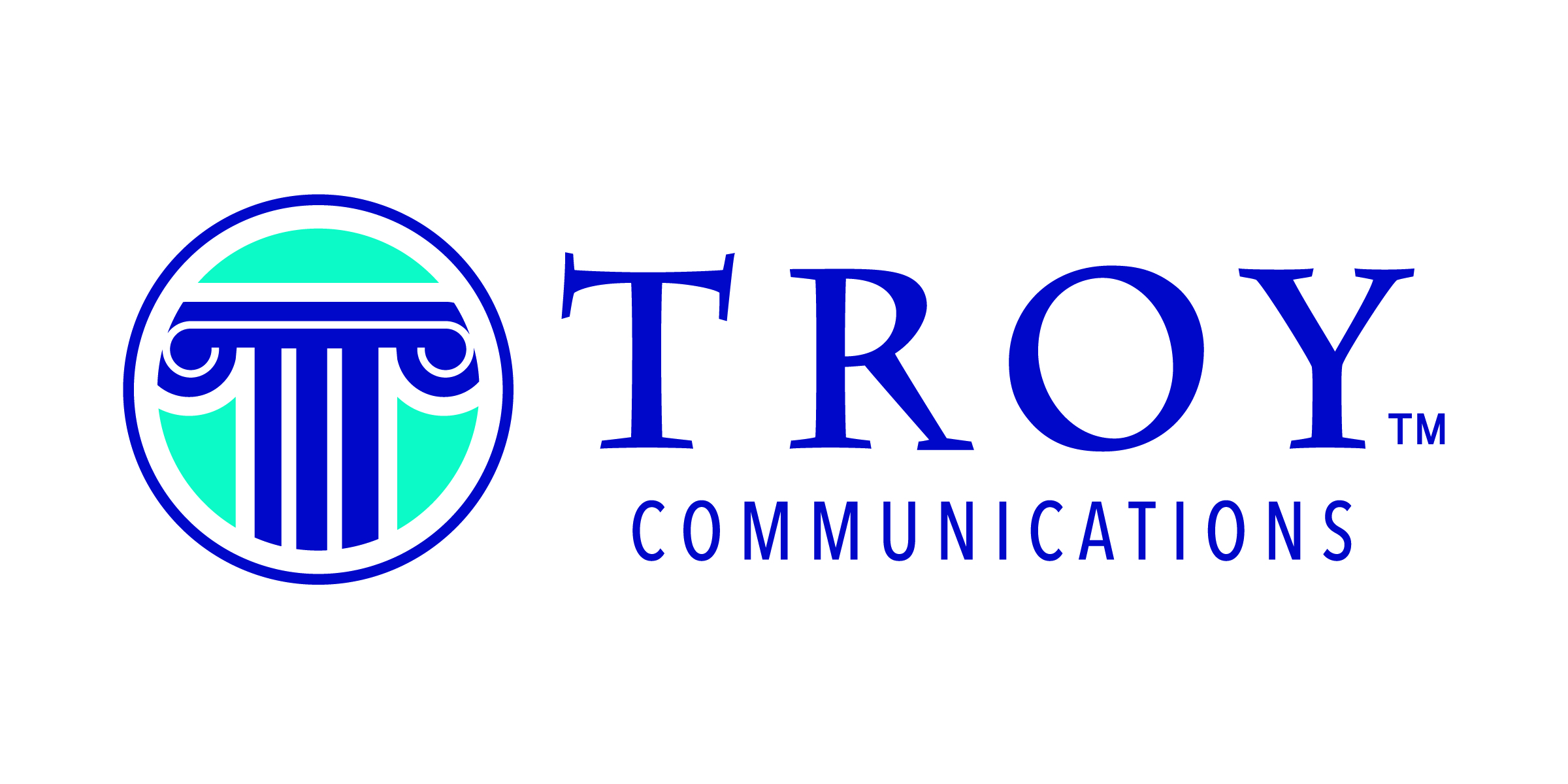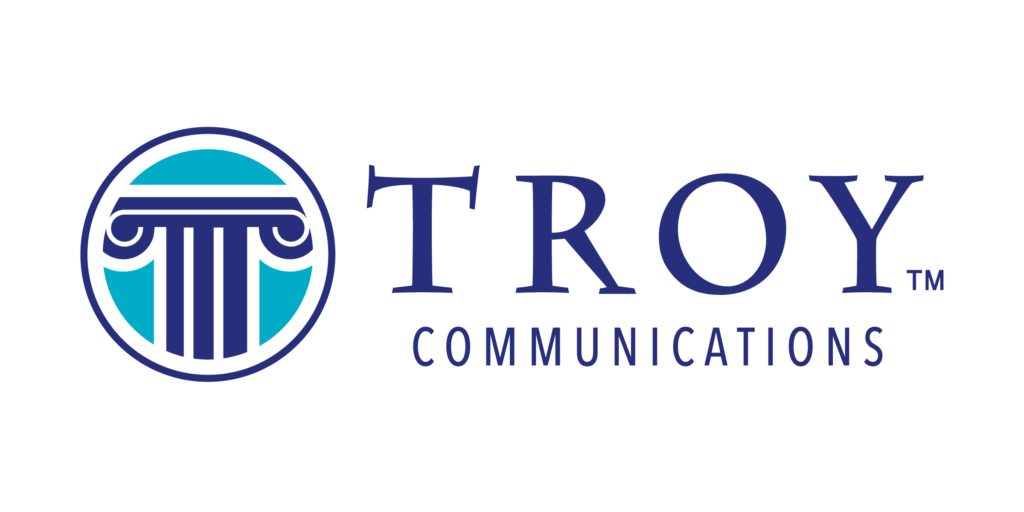By Tasha M. Troy
Sometimes it’s hard for me to believe it’s been 20 years since I first started teaching. I can tell you that my career hasn’t gone where I expected it to!
I remember my first year of teaching like it was yesterday. It was an incredibly challenging year! Boy, have I grown since then!
Over the years, I have taught every age level, from 5 years old to 65 years old, though most of my work has been with is the 20 – 50-year-old age range. Through my experiences in the classroom, coupled with my more recent studies in leadership skills, I have learned a number of lessons that help me get a new class off on the right foot. With the school year starting, I thought I’d share a few of these lessons.
While I learned these lessons by leading the classroom, they can apply to any team leadership situation. All you have to do is exchange the word “students” for “employees” or “team members.”
1. Set clear expectations and define desired outcomes.
I know this sounds obvious, but for a long time I didn’t do this with every class. Now I try to do it with every class session. When people don’t have to wonder about what you are aiming for, they are more likely to succeed.
2. Let people know the benefit you expect them to gain from a given assignment.
This is related to the first point, and something I found extremely important when working with busy adults. People despise busy work and will resist any assignment that seems to have no point. I choose to respect my students by always having a long-term purpose for their assignments, but when I communicate that purpose, I gain more concrete buy-in.
3. Respect individual differences and look for their unique strengths.
I like to say that everyone has unique strengths and weaknesses, and by working together, we can balance each other out. The classroom is no different. It affirms the individual and models respect for differences. In fact, I have my students work in groups very often, and they quickly learn to appreciate each other.
4. No matter how accomplished, everyone needs praise and encouragement.
I will admit I was surprised to discover this, but in retrospect I shouldn’t have been. Because I love learning so much, I forget that for many it is a vulnerable act to be under someone else’s tutelage. When working with adults, I have often had students I found intimidating, but they were just as hungry to know they were doing a good job as any other student.
5. Be gentle when giving critical feedback or delivering low grades.
This one I should have learned firsthand as a student myself, but it became essential to my teaching style when working with high-performing adults. So often we tie our identity and self-worth to our accomplishments, and when we are confronted with evidence that we are not as competent in an area as we thought, it can be devastating. Children are no different from adults in the respect.
6. Meet people where they are, but believe they will rise to the occasion.
Everyone is in a process of becoming. There have been so many times when I’ve been super concerned about a student preparing deliver a speech or a project, but they pull through and deliver more than I expected just about every time.
7. Don’t assume that what is obvious to you is obvious to all.
This is one of the hardest lessons to learn, and I have to keep this fresh in my mind. You can’t assume that people see things the way you do, whether it is the purpose for an assignment or the potential of the individual. You have to clearly and directly communicate these things, assuming nothing.
Take It Deeper
Sometimes it’s hard to know where to start. If you would like to go deeper on this topic, I hold free exploratory coaching sessions each week. You can register online at Troy Communications or email me to schedule an appointment at TMTroy@TroyCommunications.Net
If you enjoyed this article and would like to receive these monthly posts in your inbox, you can subscribe at Troy Communications Blog.




